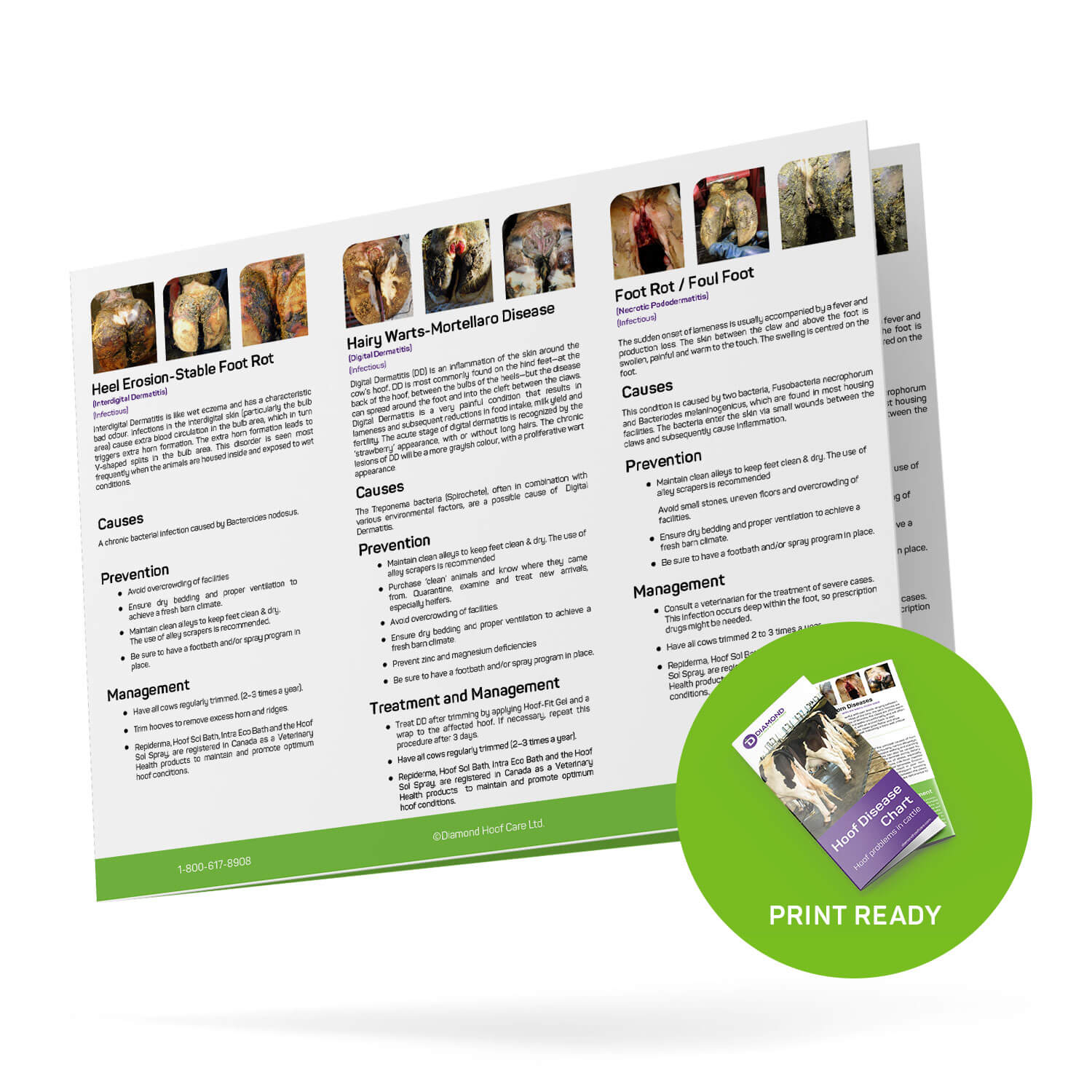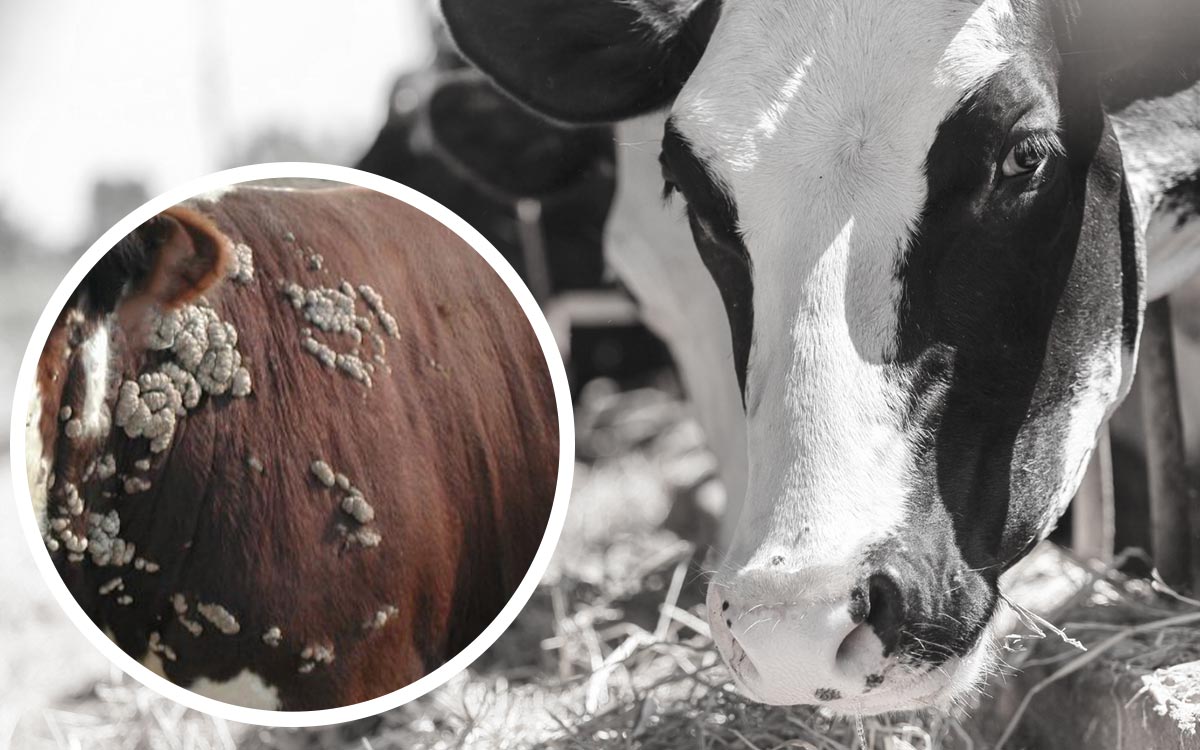Residues becoming a concern?
Antibiotic residues has been on the radar for a while. Does it really affect our dairy herds and consumable products? Read on, it’s proven to be a potential hazard.
Claw lesions, such as those due to Digital Dermatitis (DD, Hairy Heel Warts), are a serious problem in dairy cattle herds worldwide. Treatments for DD include a large variety of products, used at both the herd level and the individual level, and these often involve the application of antibiotics.
The use of antibiotics in food-producing animals is now increasingly regulated. For this reason, antibiotics often have to be prescribed by veterinarians and their use has to be recorded in detail. However, in many countries, hoof trimmers and farmers still routinely buy and apply antibiotics on their own. In the past, locally and topically applied antibiotics were assumed not to penetrate the skin barrier when administered to the hoof. Thus, the risk that antibiotic residues would enter the bloodstream and end up in the milk following topical application was considered negligible.
Antibiotic contamination in consumer products such as milk is highly undesirable in itself. And the overuse of antibiotics leads to the further risk of the development of antimicrobial resistant pathogens. Consequently, the antibiotics available for disease treatment are becoming less and less effective. This is not only in veterinary medicine but in human medicine as well. Therefore, the search for non-antibiotic hoof treatment alternatives is critical.
Safe alternative found
Intra Hoof-fit Gel is a highly effective non-antibiotic remedy for the treatment of DD claw lesions. The gel is based on chelated copper and zinc, which have no MRL values. Therefore the gel requires no withdrawal period after application. A recent clinical study has demonstrated that Intra Hoof-fit Gel is 1.58x more effective than topical antibiotic treatment. The efficacy of the Hoof-fit Gel has recently been confirmed in a Canadian clinical trial.
A recent study demonstrates the distinct possibility that topical antibiotics applied locally onto hoofs can eventually end up in the milk and meat. Research on chickens confirms that antibiotics can end up in unexpected locations.
This study and others provide insight on how the exposure of animals to antibiotics leads to the presence of these compounds in tissues and excreta of the treated animals.





